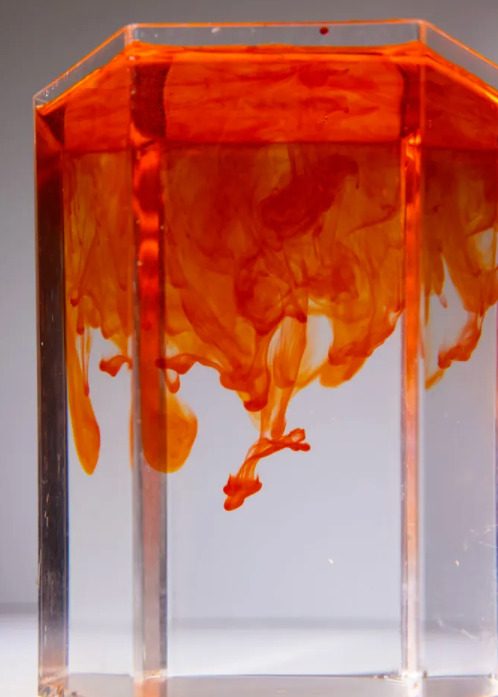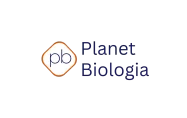Chemically two atoms of hydrogen (H+) and one molecule of hydroxide ion (OH-) combine together covalently to form a water molecule. Though hydrogen (H+) and hydroxide ion (OH-) are linked with covalent bond, water shows certain tendency to ionise reversibly into its constituent ions at standard temperature. Though the amount of water molecules that undergo an ionisation is very little, the concentration of total hydrogen and hydroxide ions significantly determine the final chemical properties of the water. The concentration of hydrogen ions can be measured experimentally in terms of the pH of water which is one of the most important measure of chemical nature of water from biological perspectives.
Life on planet earth contains number of metabolites which can donate and accept the protons. Depending upon the overall pH of the solution the protonated and de-protonated state of the molecules is determined. One of the most important biomolecules are amino acid, which consists of a population of 20 types of side chains. pH of water makes amino acid side chains undergo protonation or de-protonation leading to differential charge profile of amino acids at different pH.
pH of water and 3-D conformation of protein
Individual amino acids are linked together with one another biologically to form a peptide bond yielding a polymer called as polypeptide or proteins. Differently charged side chains of amino acids interacts together and aid in thermodynamically stable protein folding giving them a unique functional 3-D conformation. Amino acids carrying negative side chains at pH 7, together will not be able to form a polymer and secondary protein structures such as alpha helix because of the repulsion between the side chains resulting into thermodynamically unstable conformation.
pH dependent functionality of enzymes
Therefore specific enzymes can function under only defined pH conditions. Protein which is functional at pH 4 may not be functional at pH 7 or above. For example, in case of food digestion, proteins are broken down into their constituent amino acids by the enzyme pepsin which functions optimally at pH 2 in stomach, however at pH 7 proteins are broken down into the amino acid by another proteolytic enzyme called as trypsin in the small intestine.
As specific environmental conditions are required for proper folding of protein molecules and changing them can also disrupt their structure as well as function. When subjected to low pH condition the acidic amino acid side chain get protonated and may loose a net negative charge or become neutral. This leads to disruption of the existing charge based attraction between the side chains of adjacent amino acids and consequent denaturation of the proteins. Denatured proteins lose the activity and often precipitate in the solution

Use of pH of water in analytical methods
The property of reversible ionisation of amino acids is being exploited by researchers for the purification and separation of the protein/enzyme of interest. The chromatographic technique uses separate adsorbing material for binding of proteins bearing a net positive or negative charge. A protein bearing net negative charge will adsorb on the positively charged matrix. In elution, low pH solution is applied to protonate the negatively charged functional groups and subsequent dissociation of the proteins from the positively charged matrix. This technique of protein separation is popularly known as Ion exchange chromatography.
Drastic change in pH will lead to significant change in net charge of the proteins but gradual change in pH may land a protein into a state of net charge of zero. The pH value at which protein attain a net zero charge is termed as isoelectric point (pI). The pI value of a protein is determined by using isoelectric focusing methodology. Isoelectric focusing is used in combination with a SDS gel electrophoresis for the separation of protein molecules containing mixture of multiple proteins.
As like proteins, some molecules may have a different absorption spectrum in their corresponding ionised state. These are the some of ways the proton concentration governs the functionality of the protein. Proteins have evolved to function optimally in coordination with the chemical behaviour of water. In the next article we will see how the pH governs the cellular events and their subsequent manifestations.
Read about why learn chemical reactions?
